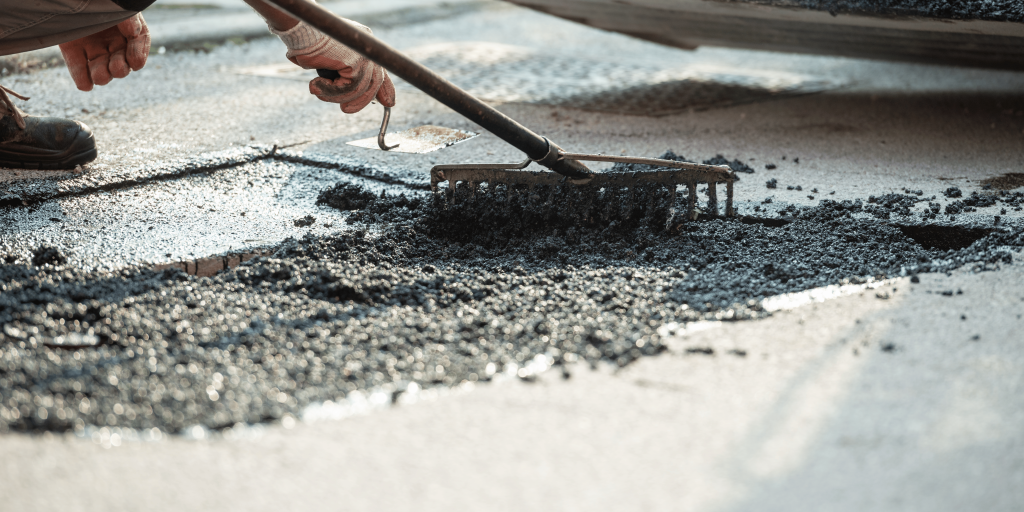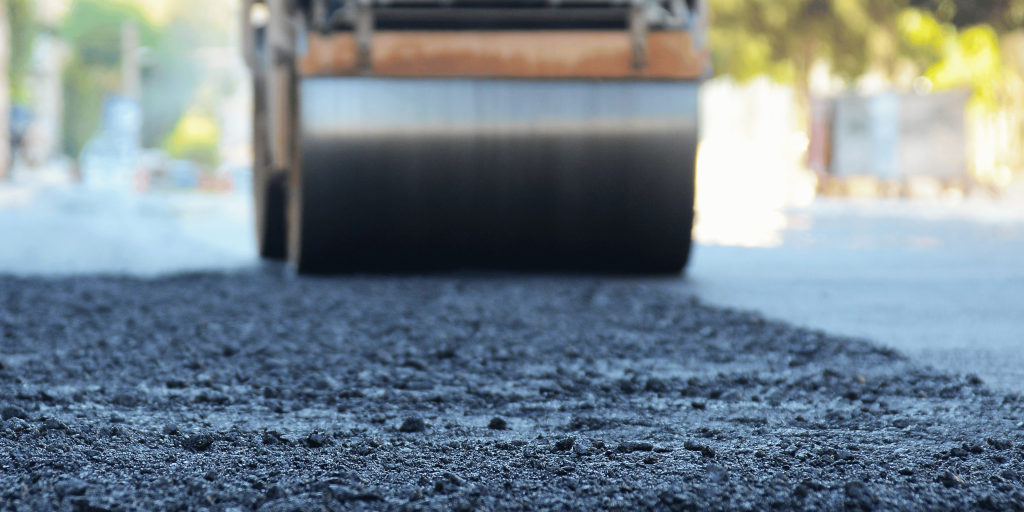Roads, driveways, and parking lots will require asphalt paving maintenance. The normal working temperature for asphalt is warm weather but projects sometimes require installation during cold seasons as well. The main question stands whether asphalt paving operations can proceed during cold weather conditions. The answer is yes, but this process demands specific methods and presents several obstacles to achieve successful results.
Understanding Asphalt and Temperature Sensitivity
Asphalt consists of bitumen which serves as the binding agent for aggregates including gravel and sand with crushed stone. A quality asphalt installation depends on the correct compaction and bonding techniques.

Temperature exerts substantial influence on all these factors:
- Hot mix asphalt represents the primary asphalt material which professionals use for their pavement work. The correct bonding requires hot asphalt to be applied and compacted between 275 to 300°F.
- The main application of cold mix asphalt consists of temporary fixes since it functions without heating requirements.
- The ability of warm mix asphalt to be placed at reduced temperatures makes it an advantageous solution for cold climate areas.
- Hot mix asphalt loses its workability quickly when faced with low temperatures, which results in poor compaction and early damage formation.
Challenges of Paving in Cold Weather
1. Faster Cooling Times
The rapid heat loss in asphalt happens because of cold temperatures. The asphalt fails to bond correctly when cooling occurs before compaction which results in a shorter pavement lifespan and a rough surface.
2. Reduced Workability
Asphalt requires flexibility during installation procedures because it needs to be compacted successfully. The quick transformation of asphalt into a stiff state during cold conditions makes spreading and leveling operations more difficult.
3. Compaction Issues
A durable asphalt pavement requires proper compaction as its main foundation. The effort to achieve proper compaction fails when temperatures fall beneath 50°F which results in increased formation of air pockets and formation of cracks and weak spots.
4. Potential Moisture Problems
The cold weather season typically accumulates additional moisture in the form of frost and snow and rainfall. Water trapped under or inside asphalt pavements creates future problems because freezing and expansion creates cracks and potholes.
How to Successfully Pave Asphalt in Cold Weather
The execution of asphalt paving is possible during cold weather periods through systematic preparation and modification of methods.
Here are some key strategies:
1. Use Warm Mix Asphalt (WMA)
WMA stands as an excellent replacement solution when compared to HMA during periods of lower ambient temperatures. The material allows successful compaction when applied at 200°F and below, which makes it suitable for fall and early winter construction.
2. Adjust Paving Techniques
Thinner Layers: When constructing asphalt layers in thinner sections, it extends the heat duration which enables better compaction before the material cools down.
Increase Roller Passes: A higher number of compaction passes with heavy rollers will create a solid surface by eliminating air pockets.
Work Quickly: An efficient process minimizes the chance of asphalt cooling down before compaction occurs.
3. Heat the Asphalt and Worksite
Use Insulated Trucks: The transportation of asphalt requires insulated or heated trucks to sustain its temperature levels.
Warm the Ground: Ground heaters and infrared heaters applied to the surface will help maintain warmth for better bonding.
Store Materials in a Warm Area: Prior storage of asphalt mix in a warm area will extend its workability period.

4. Monitor Temperature Closely
The operator needs to verify temperatures of both the surrounding air and the ground surface. The air temperature below 50°F does not guarantee that the ground temperature will be suitable for work.
The workability of asphalt can be checked through the use of infrared thermometers that measure its temperature.
5. Choose the Right Timing
The most suitable time for asphalt paving occurs during the warmest daily period which is between late morning and early afternoon. The application of asphalt should be postponed when frost or rain conditions exist because moisture causes asphalt weakening which leads to poor bonding.
Best Practices for Cold Weather Asphalt Paving
Ideal Temperature for Cold Weather Paving
The majority of experts suggest that paving operations should take place when temperatures exceed 50°F.
• Above 50°F for best results
• Between 40 to 50°F with modified techniques
• Below 40°F only for emergency repairs or temporary patches
Importance of Proper Curing Time
The curing time becomes extended because of cold weather conditions. Cold temperatures delay the complete hardening process of asphalt which affects its ultimate strength achievement. Heavy vehicle traffic should be prohibited from driving on fresh pavement for 24 to 48 hours after installation.
When to Wait for Warmer Weather
Asphalt filling done when the temperature is below 32°F should only be done in emergencies. Any other factors are less important than the high chance of poor compaction, cracking, and damage happening too soon.
Alternatives to Asphalt Paving in Winter
The following choices should be considered when asphalt paving becomes impossible in cold conditions:
Cold Patch Asphalt: This works as a temporary solution for potholes and minor repairs.
Concrete Paving: Concrete paving serves as a suitable alternative to asphalt but its application will be limited by temperature conditions.
Waiting Until Spring: Postponing the project for spring conditions will produce optimal long-term performance results.

